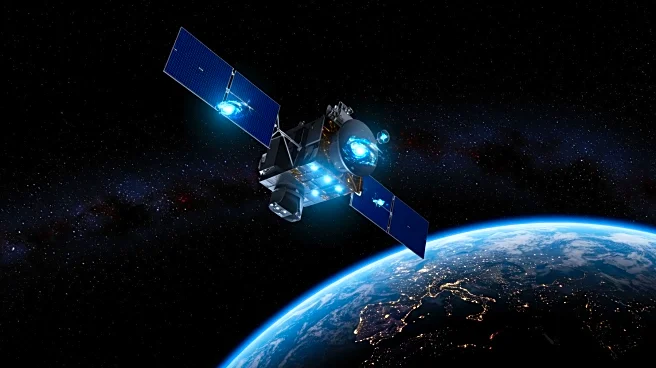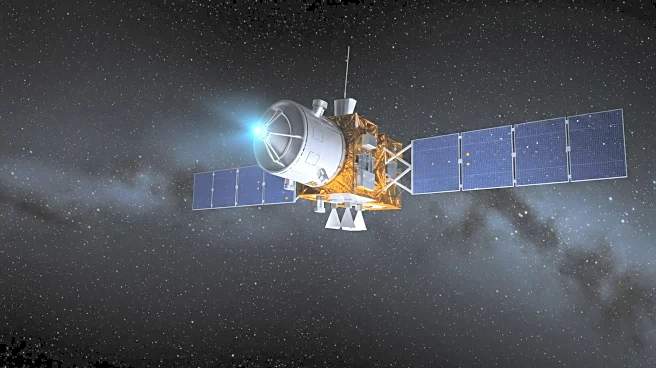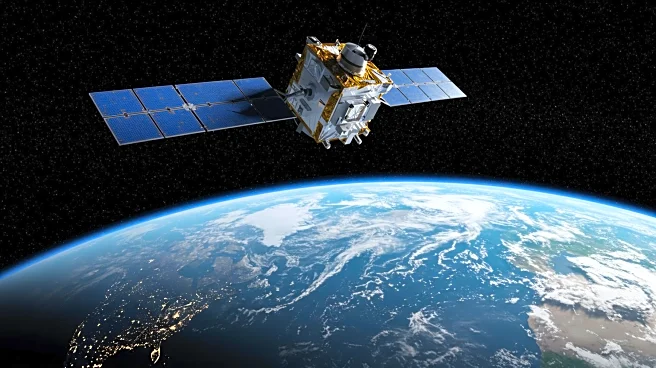What's Happening?
The Trump administration is scaling back the capabilities of the National Oceanic and Atmospheric Administration's (NOAA) next-generation weather and climate satellites. This decision involves removing instruments designed to measure air quality and ocean conditions, which were initially part of the satellite project. The move aligns with the administration's broader agenda to cut climate pollution regulations and reduce data collection on environmental pollution. Critics argue that this approach is short-sighted, potentially compromising the understanding of atmospheric and oceanic phenomena. The satellites, known as Geostationary Extended Observations (GeoXO), will now be fewer in number, with only four planned instead of six, and are set to launch starting in 2032.
Why It's Important?
The reduction in satellite capabilities could have significant implications for environmental monitoring and public health. By eliminating instruments that measure air pollutants and ocean conditions, the U.S. may face challenges in tracking and responding to climate-related events such as wildfires, hurricanes, and droughts. This decision could hinder efforts to enforce air pollution regulations and manage health risks associated with poor air quality. Additionally, the U.S. risks falling behind other countries in air quality monitoring, potentially affecting its leadership in Earth observations. The move also reflects a shift in focus from climate change research to weather forecasting, which may impact long-term environmental policy and scientific research.
What's Next?
The Trump administration's fiscal year 2026 budget proposal includes closing NOAA's research facilities and shutting down its greenhouse gas monitoring network. Congress is currently reviewing this proposal, which could further limit the agency's ability to conduct comprehensive environmental research. The decision to reduce satellite capabilities may lead to increased scrutiny from environmental groups and scientists, who may advocate for maintaining robust climate monitoring systems. The potential cancellation fees from contracted instruments could also become a point of contention, affecting future budget allocations and project planning.
Beyond the Headlines
The decision to narrow the focus of NOAA's satellite program highlights broader ethical and policy debates about the role of government in environmental stewardship. The reduction in data collection capabilities raises questions about the balance between cost-saving measures and the need for comprehensive environmental monitoring. This development may also influence public perception of the administration's commitment to addressing climate change and protecting public health. Long-term shifts in environmental policy could emerge as stakeholders react to the implications of reduced monitoring capabilities.











